This is not a love song
April 14 – June 8, 2016
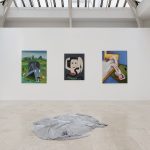

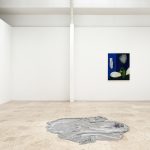

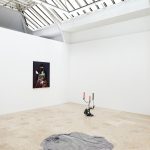
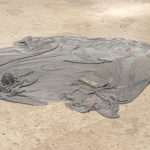


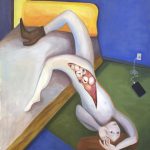
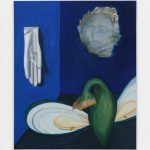

- If the whole human race were to degenerate, to become perverted, Sade’s goal would be reached, and there would no longer be any necessity for monsters or sadism.
– Pierre Klossowski (1)
- Why were postpunks so afraid of intimacy? The oozing, unfathomable depth of the insatiable, sucking wound; the power ofemotional (especially filial) fervor to impose a bourgeois system of hereditary tribute, in other words, normative obligations invented by pigs to bleed your life force dry.
- The music critic Simon Reynolds wrote that for Johnny Lydon (né Rotten), love was simply a “distraction from the vital business of hate and rage and disgust.” To denounce it, as we certainly all have done, is to express an attitude of rude narcissistic awakening, marking oneself as the sexually inexperienced juvenile—a pure, if vitriolic Juliette—ripe for the record exec’s hamfisted come-ons, and in our bad sanctimoniousness, delivering the longed-for fetish product anyway: corruptibility, youth, a billboard hit.
- The dynamic of this form of naïve acculturation—in which we are (still) captured by the prim sexual politics of Protestant capitalism (the legally binding marriage contract, the record deal, gallery representation), despite our cerebral anti-Pop, anti-market, evenanti-social avowal—reveals the impossible aesthetic paradox of a twenty-first century authentic style. And so art rebels as another kind of painting.
- Mais: ceci n’est pas une peinture surrealiste.
- We might claim, instead, that the lurid fantasy mapped out in oil is merely a medieval dream. But Mulleady’s canvases—via coy adapter cable, looping entrails, umbilical cord and other coils—logically connect sensuous content to that most malevolent metaphysical marionetteer: primal desire.
- If love is a kind of bondage to which we freely (knowingly) submit, its chains lash us tangibly together: into a metallic scrim of armored mesh or mail, held defensively, in a tight material tension. The distribution of links across its surface does not privilege a conventional fundamental (couple) configuration. Through this dark web of elemental relations, a tormented kinship forms; in the correspondence between the glove (without its pair), the oyster’s irritation, the lips, the sprawling legs, and the metaphysical ties that bind them.
- The drugs affect everyone’s performance (keep that in mind). And still the band plays on: sweet nothings that will wreck your heart.
-
– Kari Rittenbach
April 2016
___________________
(1) Klossowski, “Sade, or the Philosopher-Villain” trans. Alphonso Lingis, SubStance 15: 2 (1986): 10.